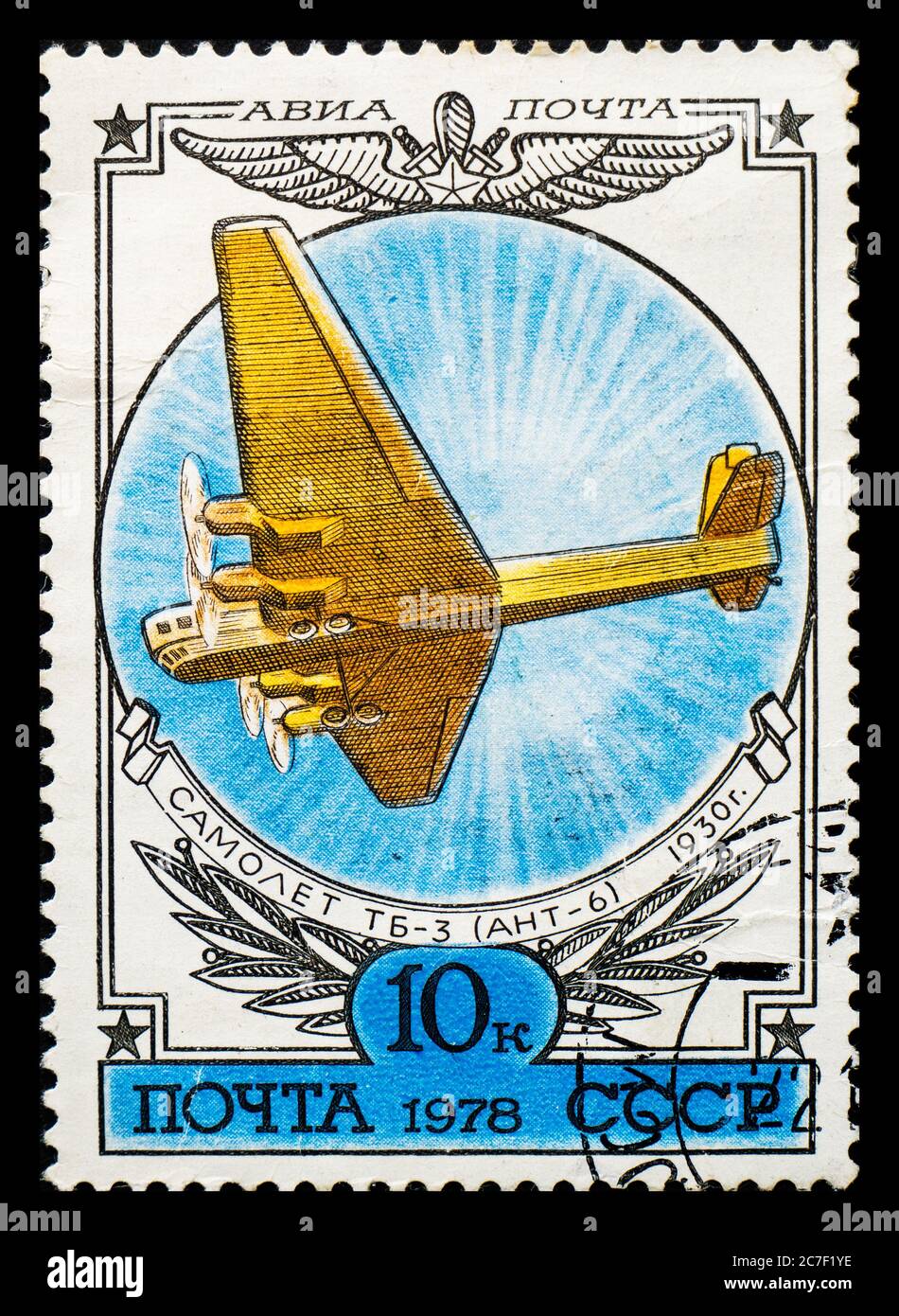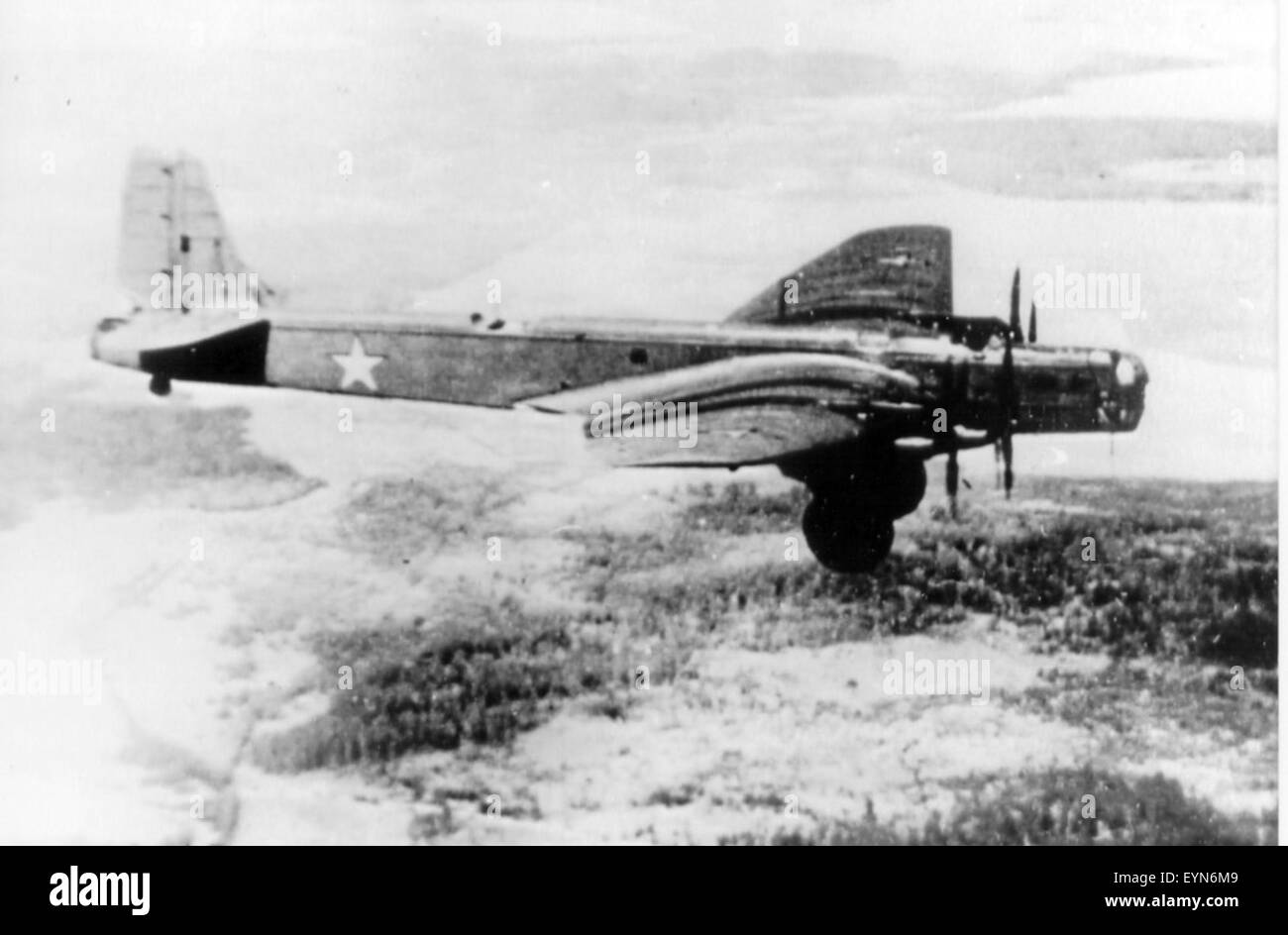T B 3 - It will also give you access to the MonoBook skin, which is much easier to use and navigate.
The TB-3 bears little resemblance to its predecessor, the TB-1. It has many of the same features as the TB-1, such as similar defensive armament, a similar exterior due to the use of corrugated metal skin, and low monoplane wings.
T B 3
However, the most obvious difference between the two planes is also the most important difference. The TB-3 originally had four Mikulin M-17 engines. These engines were unreliable in service as they tended to overheat very quickly.
Tb 3 Official Thread
Therefore, the TB-3 was later equipped with four Mikulin M-34 engines. In both cases, the engines were on the leading edge of the wing, and each wing had two mentioned engines on the leading edge. However, the TB-1 only had two Mikulin M-17 engines on the leading edge of the wing.
The Soviet aircraft was a game changer for its time, as it was the first monoplane to have an engine attached to the leading edge of the wing.
The TB-3 saw extensive service in the Soviet Air Force. It entered service in 1932 and remained active in some squadrons until 1945 (although it was withdrawn from service in most squadrons in 1939).
It officially saw its first combat in the Sino-Japanese War in 1939 during the Battle of Khalkhin Gol.
Four Engine Bombers
The TB-3 did not only serve in the bombing role in that conflict. Due to the frequent crashes of the Ilyushin DB-3, it also served as a transport.
They were officially declared obsolete in 1939, but the aircraft were kept in good condition. When the Germans launched Operation Barbarossa, 516 bombers were still at Voyno-Vozdushny See, and another 25 bombers were serving with the Soviet Navy.
, it was an inevitability to serve in World War II. Beginning on 23 June 1941, Tupolev bombers conducted night operations with the 3rd Heavy Bomber Regiment.

The TB-3 served in the bomber role in significant numbers until 1943 with the Vojno-Vozduchny sili, although some squadrons used it in limited numbers until 1945.
Icm Tb 3 1/72
The TB-3 also serves a variety of other roles such as transport and even as a transport aircraft for paratroopers.
By far, the most unusual role of the Soviet bomber was its participation in the Zveno combination. The Zveno (link) was the brainchild of Vladimir Vakhmistrovin in 1931 and combined fighter-bombers with bombers to extend the range of the aircraft.
When the new Tupolev aircraft was introduced in 1932, such experiments were carried out with the TB-3. Zveno 2 was a TB-3 with three I-5 fighters armed with wing bombs.
By 1941, such experiments were still being conducted using the TB-3, but the aircraft carried by the TB-3 had been changed to two Polikarpov I-16s.
Tupolev Tb 3 Image
This version is significant because it saw the actual battle and said that the attack successfully destroyed an important bridge.
However, its combat debut would be the only time this combination saw action, largely due to the fighter's effect on the bomber's performance.
Sukhoi Su-2 • Petlyakov Pe-2 • Tupolev Tu-2 • Yakovlev Yak-4 • Polikarpov Po-2 • ★ Douglas A-20 HavocDe Toepolev TB-3 (Russian Bombing, devokdo de A) ANT-6, was a heavy bomber that is killed in the door jaren dertig werd gebruikt door de luchtmacht van de Sovjet-Unie. It was the world's first heavy bomber with cantilever wings. Het toestel werd in 1939 officiel uit dienst received, mar toch werd het ingezet als bombenwerper en transportvliegtuig duattante een groot deel van de Tweede Wereldoorlog. Hate was de Opvolger van de Topolev TB-1.

In 1925, kreeg de TsAGI (Russian: Центра́льный аерогидродинами́ческий институ́т (ЦАГИ)) of Tsentralniy Aerogidrodinamicheskiy Institut de kommissionwerktemenwicketmenween. De Eisen Warren Hug: Archers on 3 tons over the van of een afstand 3000 km kunnen Vervoren met with a van minimmsnelhead 200 km/u. Het landinggestel moest beschicht zijn voor wheelen en vlotters. In 1926 Ein Afdeling met Onder Leading van Andrzej Topolev. The TB-3 was temporarily equipped with four Curtiss V-1570 "Conqueror" engines each rated at 590 hp, with the intention of switching to the M-17 engine.
Modelarstwo Z Pasją • Zobacz Wątek
Het modal werd gogeekder op 21 marart 1930 en het eerste prototype kwam op 31 October 1930. Het maakte de eerste vlucht op 22 December 1930 Mikhail Gromov met with a test pilot. Despite een bijna-ongeval als gevolg van trillingen werd de testvlucht als considered successful. Op 20 February 1931 keurde de Sovjet-luchtmacht de produktion van de TB-3 met de M-17-motoren goed.
The first produced the TB-3 4M-17 vloog on 4 January 1932. The equipment waren echter ruim 10% zwarder and het prototype, hetgeen ten koste ging van de praedesets. Alle arbeiders werden begward te doen om het gewicht te verminderung, waarbij ze 100 Russische roebel kryann voor elke kilogram gewichtsberingerung. Alle inspanningen leverden een reductie op van Bijna 1000 kg. He built 800 vans in 1938. Tijdens de Productie will Veel Aanpassingen Gedaan Wardoor de Testellen in detail and their full performance. The open cockpit of the first versions was later replaced by a closed cockpit.
In TB-3 they met tijdens de Slag bij Halhin Gol tegen Japan in de Winteroorlog met Fiand. Hoewel het officiel uit dienst werd genomen in 1939 waren er aan het van de orlog op 22 June 1941 nog 551 TB-3's in Gebruik, waran 25 exemplaren bij de Sovjet-marine. Ze waren ver van het Westfront gestationeerd durch weinigen werden vernichterd tijdens de eerste Duitse luchtaanvallen. Op 23 juni voerden de eerste nachtvluchten uit e TB-3. Door een tekort aan gewächtklare vliegtuigen werden ze ook overdag ingezet, maar dera het klein aan een escorte-jagers waren de loselmen als gevolg van vyjändelijke jagers en grondvuur hoog. Tot 1943 nam het deel aan alle grote veldslagen, voordeen de eerste Slag om Smolensk, de Slag om Moscow, de Slag om Stalingrad, het Beleg van Leningrad en de Slag om Koersk. TB-3 was operational on July 1, 1945.
Naast de role als bomber werd de TB-3 gebruikt als vrachtvliegtuig en voor het vervoor van parachutisten. In this last role, 35 soldiers are involved.
Roland Aira Tb 3 And Tr 8 Reviews
Also recognition voor de rol die TB-3 played in de oorlog, werden drie vliegtuigen oppoeden in de eerste naoorlogse luchtparade op 18 June 1945. Na de oorlog bleven nog apparellin in gebruik bij vigraflestvanglie bestletming hegrafletming.
Bombers: TB-1 · TB-3 · Tu-2 · Tu-4 · Tu-14 · Tu-16 · Tu-20 · Tu-22 · Tu-22M · Tu-26 · Tu-95 · Tu-126 · Tu-160
Verkeersvliegtuigen: Tu-104 · Tu-114 · Tu-124 · Tu-134 · Tu-144 · Tu-154 · Tu-204 · Tu-214 · Tu-244 · Tu-334 · Tu-444

Overig/Experimental: ANT-1 · ANT-2 · ANT-4 · ANT-7 · ANT-16 · ANT-20 · ANT-58 · ANT-103 · Tu-70 · Tu-72 · Tu-75 · Tu- 80 · Tu-85 · Tu-91 · Tu-96 · Tu-98 · Tu-102 · Tu-105 · Tu-107 · Tu-110 · Tu-116 · Tu-119 · Tu-125 · Tu-155 · Tu-156 · Tu-206 · Tu-216
Asisbiz Tupolev Tb 3 Captured By Finnish Forces Winter War 02
T b, b & t, t&s b 1210, don t trust the b in apartment 23 season 3, 3-b, b-3, don t trust the b season 3, $3 b, t 72 b 3, t&b, b 3, b&t


0 Comments